The Best of Science Friday, 2016
SciFri staffers pick their favorite stories and activities from the year.

Oh boy. Can you believe that 2016 is already over? It seems like it was just yesterday that we were talking about our favorite 2015 stories.
As we look forward to 2017 and all the new science stories we’ll be covering (hello, Great American Eclipse!), the SciFri staff sat down to think about some of the most surprising, interesting, terrifying, and inspiring stories that we covered this year. Our picks are below. What are your favorites?

Most Likely to Inspire a Career Change: Science Goes to the Movies: ‘Arrival’
—Annie Minoff, podcast producer
Arrival is one of those sci-fi movies that asks BIG questions. Does language re-wire our brains? Is math the universal language? In this conversation with Ira, guest movie reviewers Sheri Wells-Jensen and Doug Vakoch hit on those questions—and more! But my favorite part of this all-around-awesome conversation had to be hearing Wells-Jensen explain what a “xenolinguist” does: study “languages that are out there, somewhere that we haven’t been yet, in a way that we haven’t even begun to think about.” She studies alien languages! Which has to be THE coolest job ever. Even if (as she admits) they don’t have a ton of data yet!
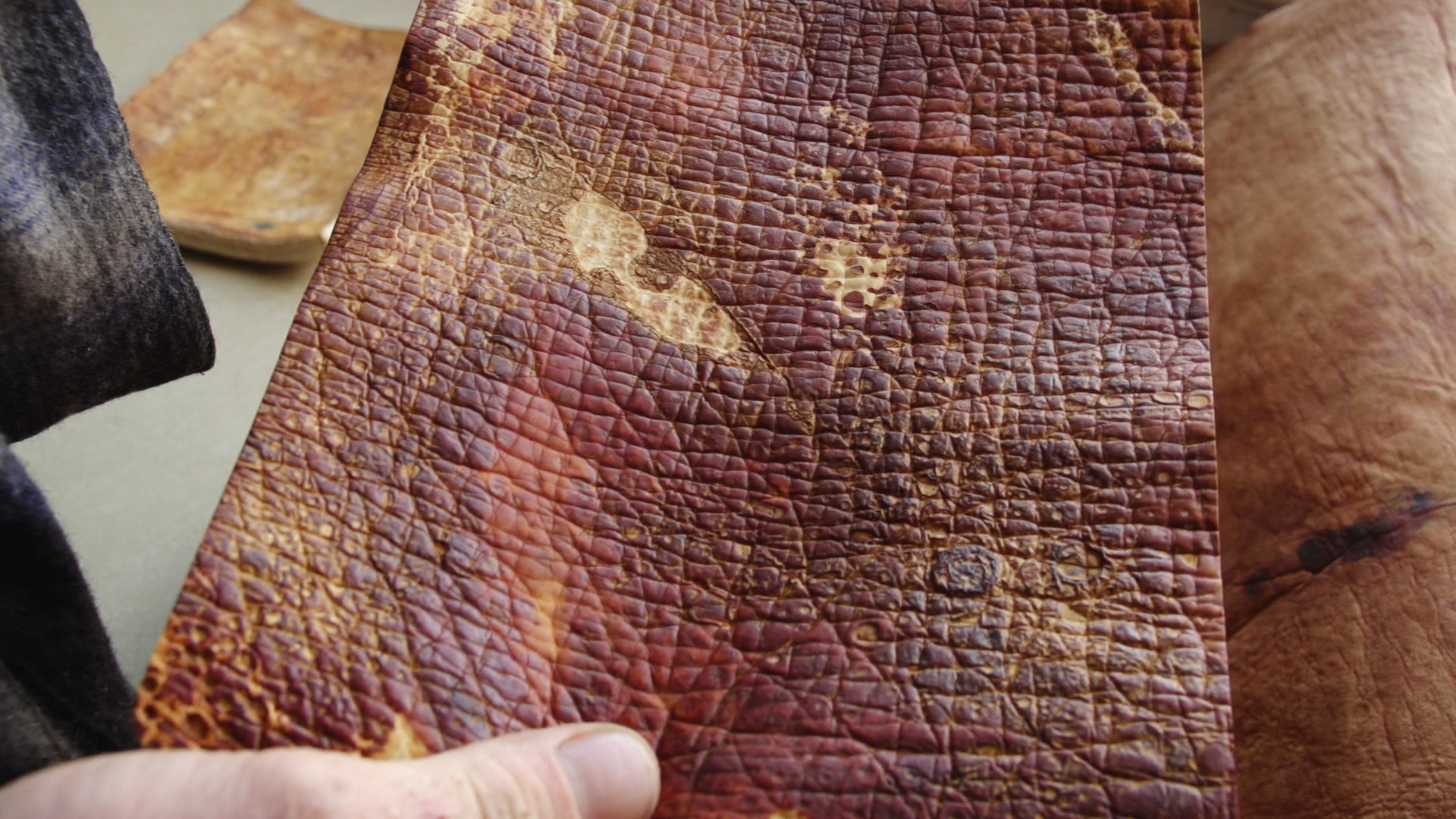
Most Likely to Appeal to an ACTUAL VEGAN BIKER GANG: The Fungi in Your Future
—Rachel Bouton, office and events manager
Because we all have dreams of cruising down the open road on a biofuel-powered hog while rocking a mushroom leather jacket. Who doesn’t want to be buh-buh-buh-buh bad to the bone (while still being environmentally responsible)?
Most Likely to Cause Existential Panic, and Calm: Seeking Humanity in Volcanoes With Werner Herzog
—Luke Groskin, video producer
This deeply engrossing conversation with the master filmmaker Werner Herzog was such a treat. Listening to him describe the otherworldly qualities of volcanoes and his relationship with science left me in awe. But when he was questioned about the recent U.S. election, I found his response utterly pragmatic and soothing: “I think you should not panic. Tie your shoestrings well. Keep on walking, and shape the future…”
Most Likely to Make You Shake a Fist: How Sexual Harassment and Bias Undermine Women’s Access to Scientific Careers
—Christopher Intagliata, senior producer
This segment took a deep look at the overt harassment and systemic biases that hamper the scientific careers of women and people of color. The examples cited by the guests will have you shaking your fists, and thinking hard about how science, and society, can do better.
Best Way to Feel Like a Kid Again: Engineering the Perfect Pop
—Daniel Peterschmidt, digital producer
The look of pure joy when Matthew Reinhart opens his dinosaur pop-up book in this video is priceless and will make you question every career-related decision you’ve made. His enthusiasm for blending engineering and art made me look at pop-up books in a whole new way.
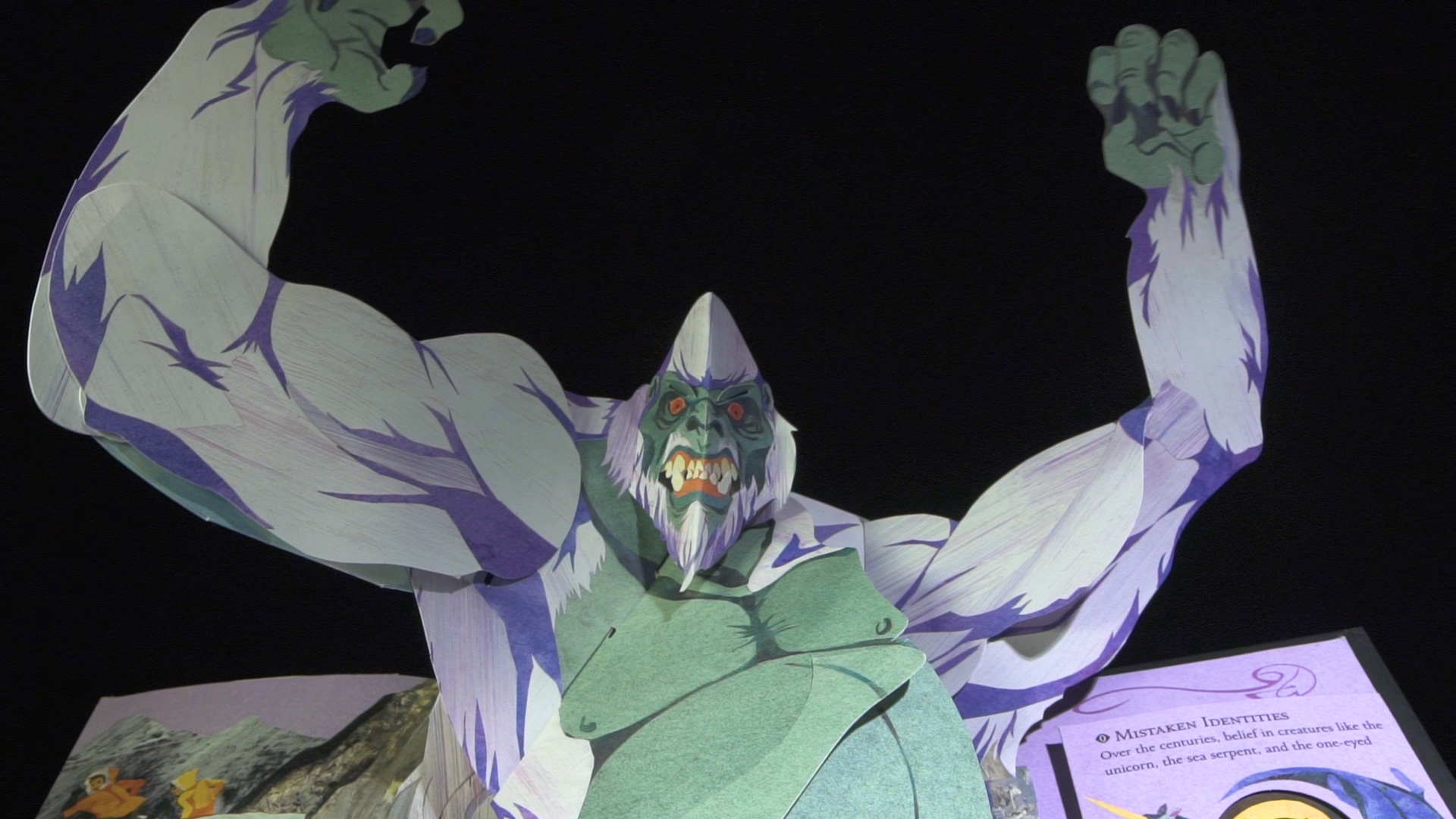
Most Likely to Send You Down an Internet Wormhole: Google Doodles Add Some Science History to Your Search
—Chau Tu, story producer
There’s just something so simply pleasant in opening up my internet browser in the morning and getting a delightful taste of a historic or scientific moment through a Google Doodle. The illustrations and games always send me down an internet wormhole to get more info. I also appreciated learning from this segment how the team is trying to portray more underrepresented figures in science and culture.
Most Frustratingly Beautiful: Coloring By Numbers, Mathematically
—Ariel Zych, education manager
It’s easy to look at one of the designs in this mathematical coloring book, pick up a pack of markers, and get going coloring all the little shapes and swirls. But three hours later, still coloring, I marveled at how math could generate something so ornate and beautiful, and also so tedious to color! Learning how the creators of this coloring book married their passions for math and art and explored basic pattern formation was inspiring, and certainly changed how I view (and color) math!
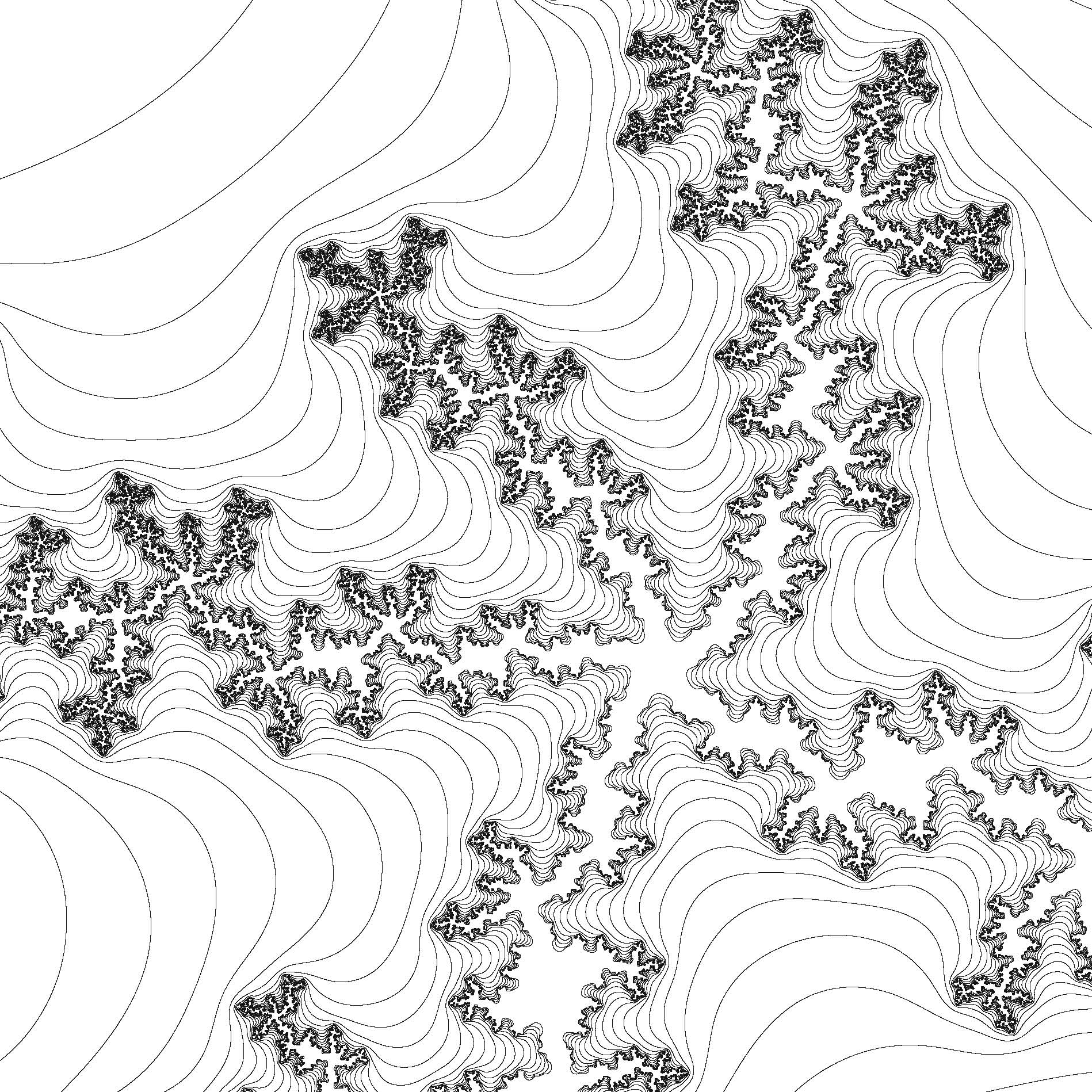
Best Reminder of the Scale of the Universe: The Golden Record Remastered
—Jen Fenwick, director of institutional giving
“The Golden Record Remastered” project was innovative, participatory, and inspiring. I reflected on both the magnificence and fragility of humanity, all while putting myself in the shoes of a curious alien.
Most Likely to Make You Question Your Sense of Self: I, Octopus
—Julie Leibach, managing editor, online
See the octopus, BE THE OCTOPUS. That might as well be psychologist Frank W. Grasso’s mantra. He’s trying to get a firmer grasp (ahem) on the octopus umwelt—that is, the world as this eight-armed cephalopod experiences it. In this engrossing video, Grasso describes some of the fascinating physiology that enables these underwater brainiacs to make sense of their environment, while acknowledging how much more we’ve got to learn. (One thing seems pretty definitive, however: An octopus can’t tickle itself.)
Most Likely to Make You Snap a Pencil: How Much Math Should Everyone Know? (Show Your Work.)
—Elah Feder, podcast producer
I loved all the maths in school and approached this segment with serious interest. It left me somehow wanting both more and less math in school—but feeling more excited about it than ever.
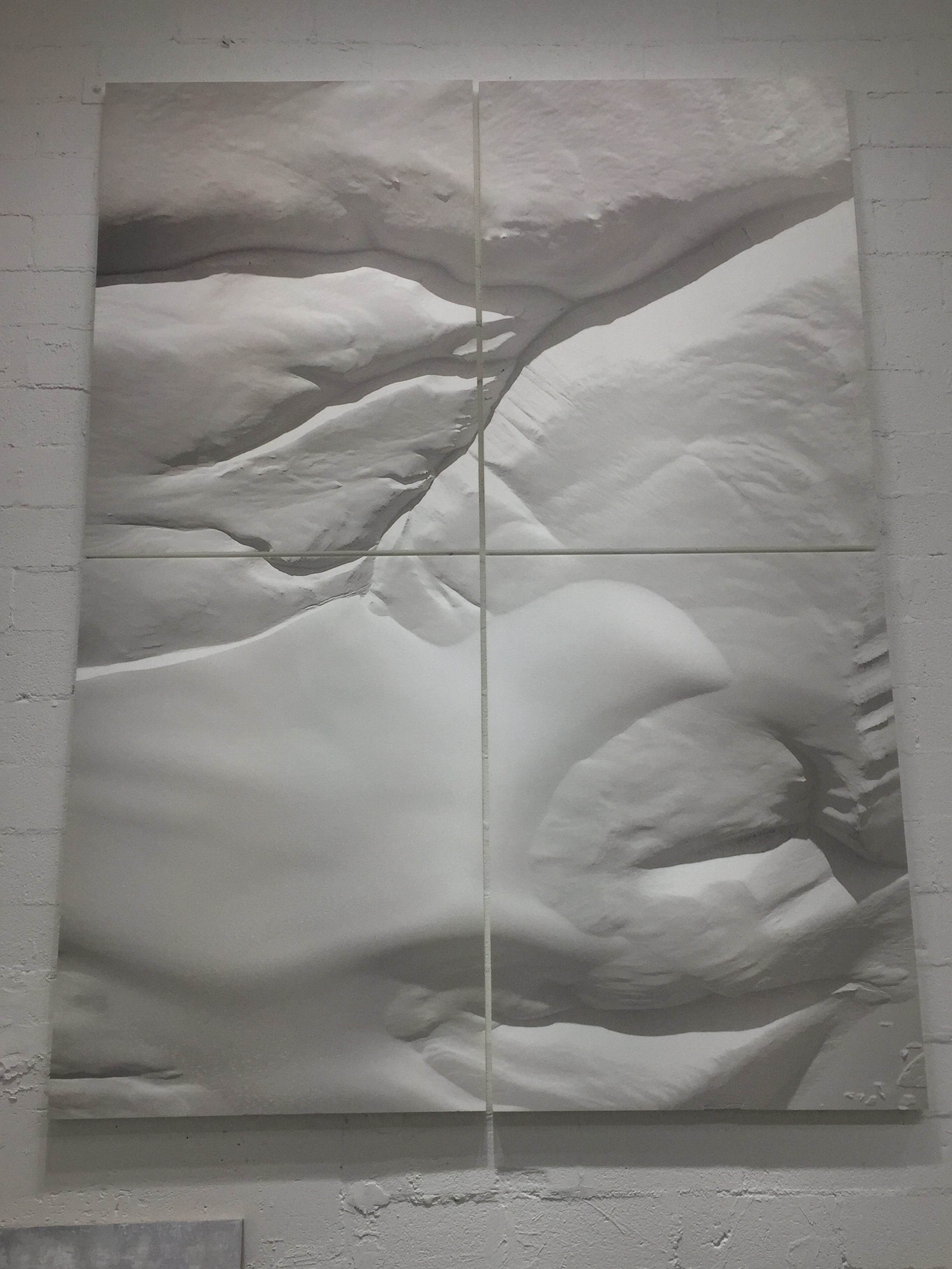
Most Likely to Make You See Ice Differently: Above the Ice, an Artist Goes Deep
—Sarah Goldfarb, grants associate
Justin Brice Guarligia’s pieces are both soothing in their patterns and deeply unsettling in the global change they comment on. This article represents the intersection of art and science at its most poignant.
Most Likely to Make Physics Scintillate: A Brief, Poetic Tour of Modern Physics
—Christie Taylor, associate producer
So often advanced concepts in physics can feel out of reach and math-dominated. I love Carlo Rovelli’s poetic, approachable descriptions, his turn to language rather than math, and his clear passion for his subject matter. He’s a scientist who wants us all to love physics as much as he does, and this interview gets me at least halfway there.
Most Likely to Raise Your Hairs: Science in the Crosshairs
—Danielle Dana, executive director
I love this segment because it makes you think. It’s important to talk about the uncomfortable things surrounding science and research, not just the fun and gratifying aspects.
Most Likely to Rock Your Socks Off: Embark on a 360-Degree Geologic Expedition
—Katie Hiler, assistant producer
While all the resources from the inaugural class of educator collaborators have been fantastic, this virtual field trip experience is one of the most innovative and cutting-edge pieces of content I’ve seen from not just Science Friday, but all of public radio this year.
Tastiest Argument for Going Vegan: How Do Scientists Create a Vegan Alternative to Beef?
—Xochitl Garcia, education assistant
Often when we eat stuff, we don’t think about why it’s good. I loved learning about the different science specialties that factored into the development of this vegan burger, and that the goal was to mimic the chewiness of muscle. I got to taste this morsel, and it was meaty and delicious. Mmm, science.
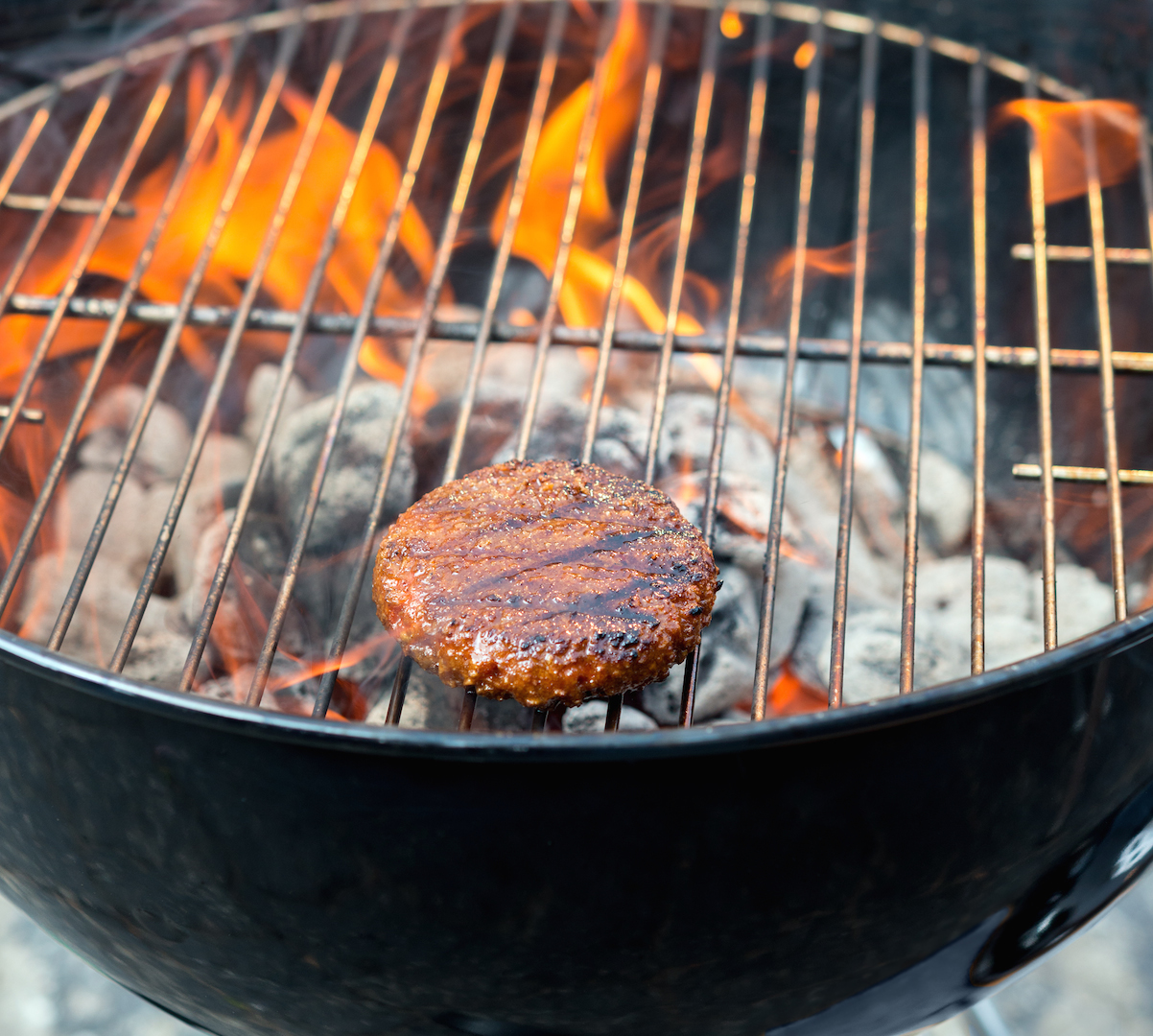
Most Likely to Make You Think Twice Before Throwing in the Bin: Can I Recycle That? Five Tips for Better Sorting
—Annie Nero, individual giving manager
It’s a relief to learn that the peanut butter jar doesn’t have to be TOTALLY clean before it goes into the recycling bin. And watching recycling go through the processing plant in the accompanying video is oddly very satisfying. I liked plant general manager Thomas Outerbridge’s comment,“if you didn’t know what you were looking at, you’d think it was just garbage.”
Best Use of Video/Article/Audio Collaboration: What Imaginary Companions Tell Us About Our Kids
—Ira Flatow, host and executive producer
Last spring, we did a three-part video series profiling the real science behind imaginary friends. The video was superb, with great kids and content—and the studio discussion and articles added to the experience with great discussion and use of excerpts.
What was your favorite SciFri story or activity? Let us know in the comments!
Brandon Echter was Science Friday’s digital managing editor. He loves space, sloths, and cephalopods, and his aesthetic is “cultivated schlub.”